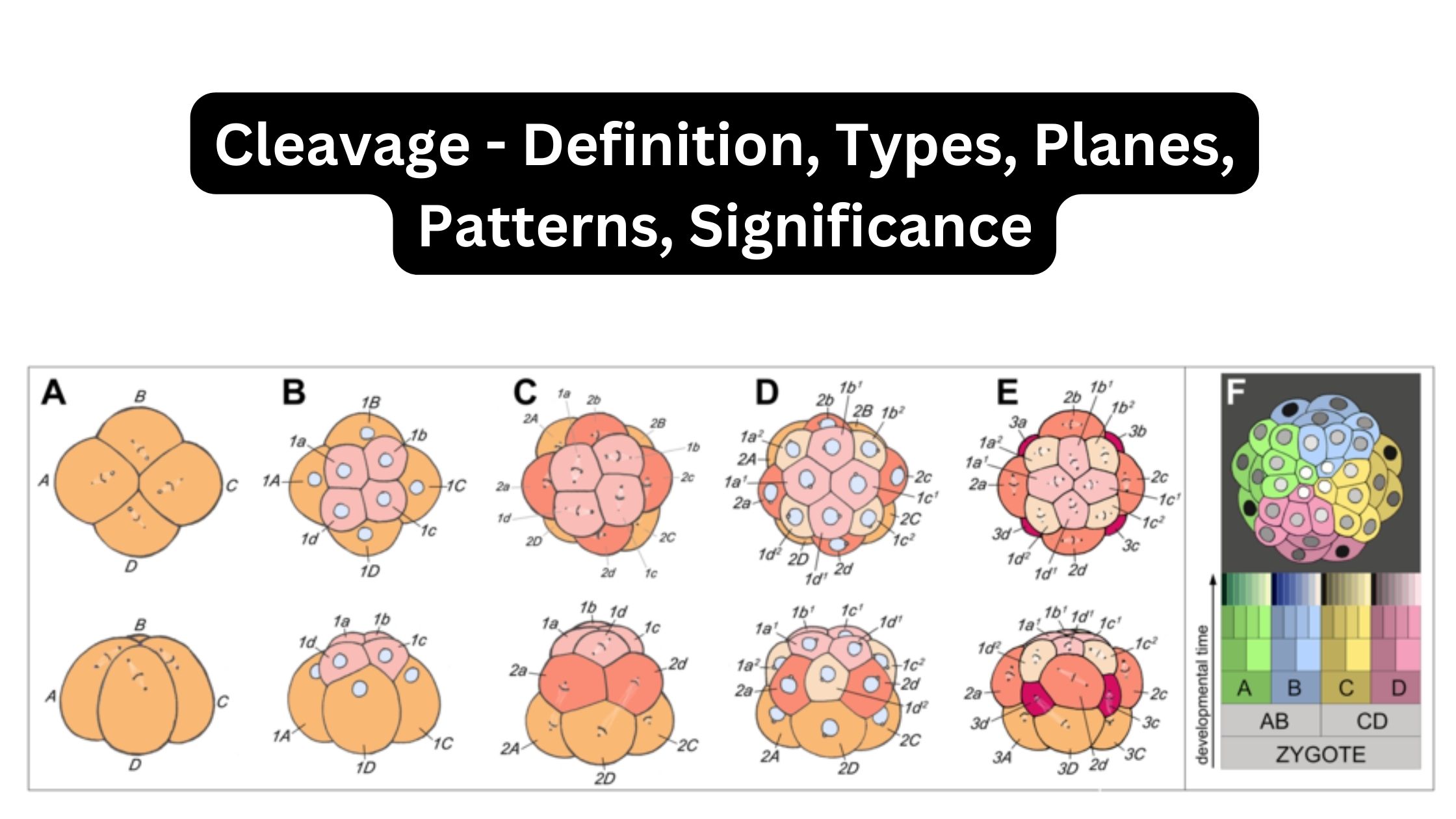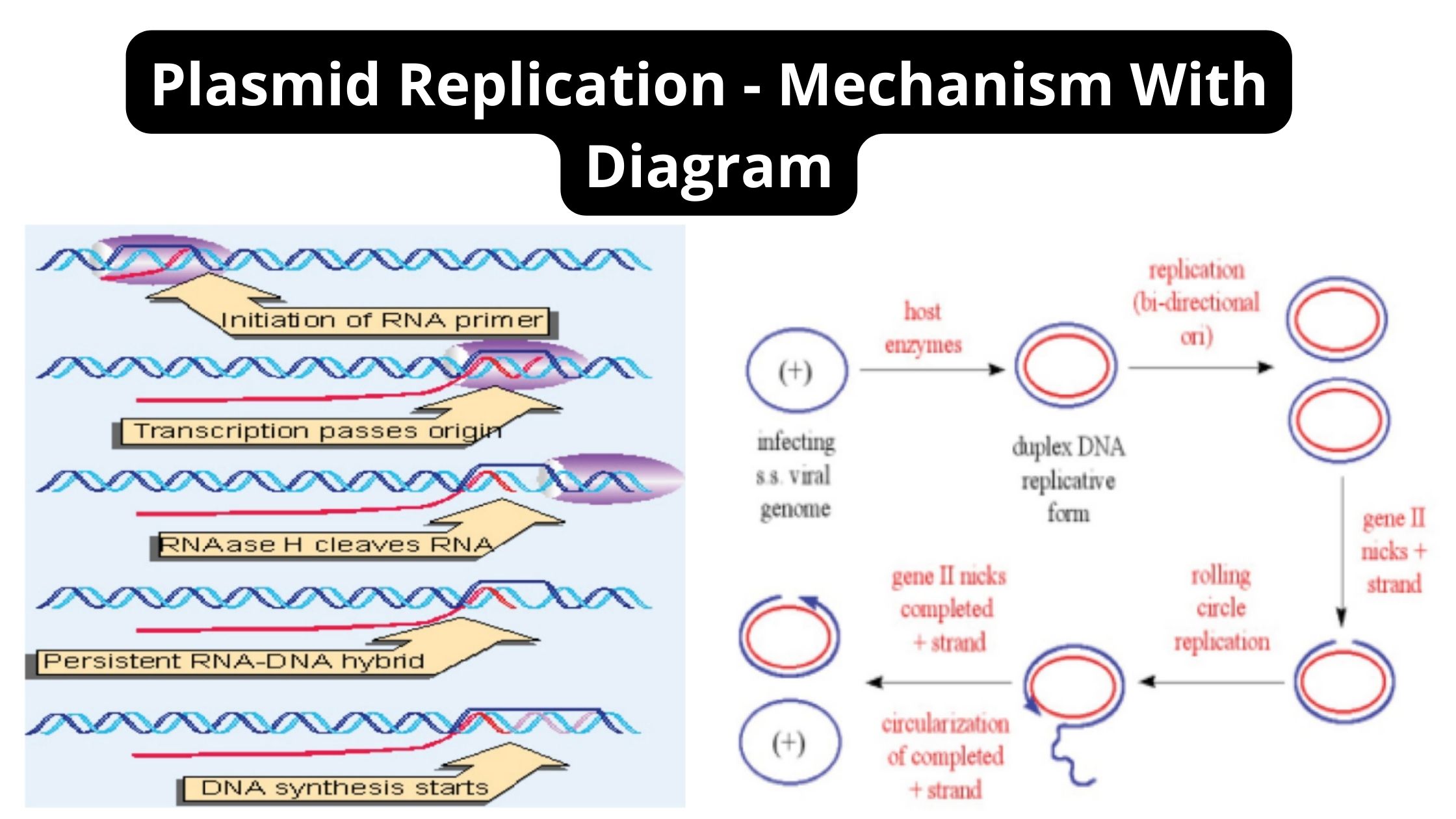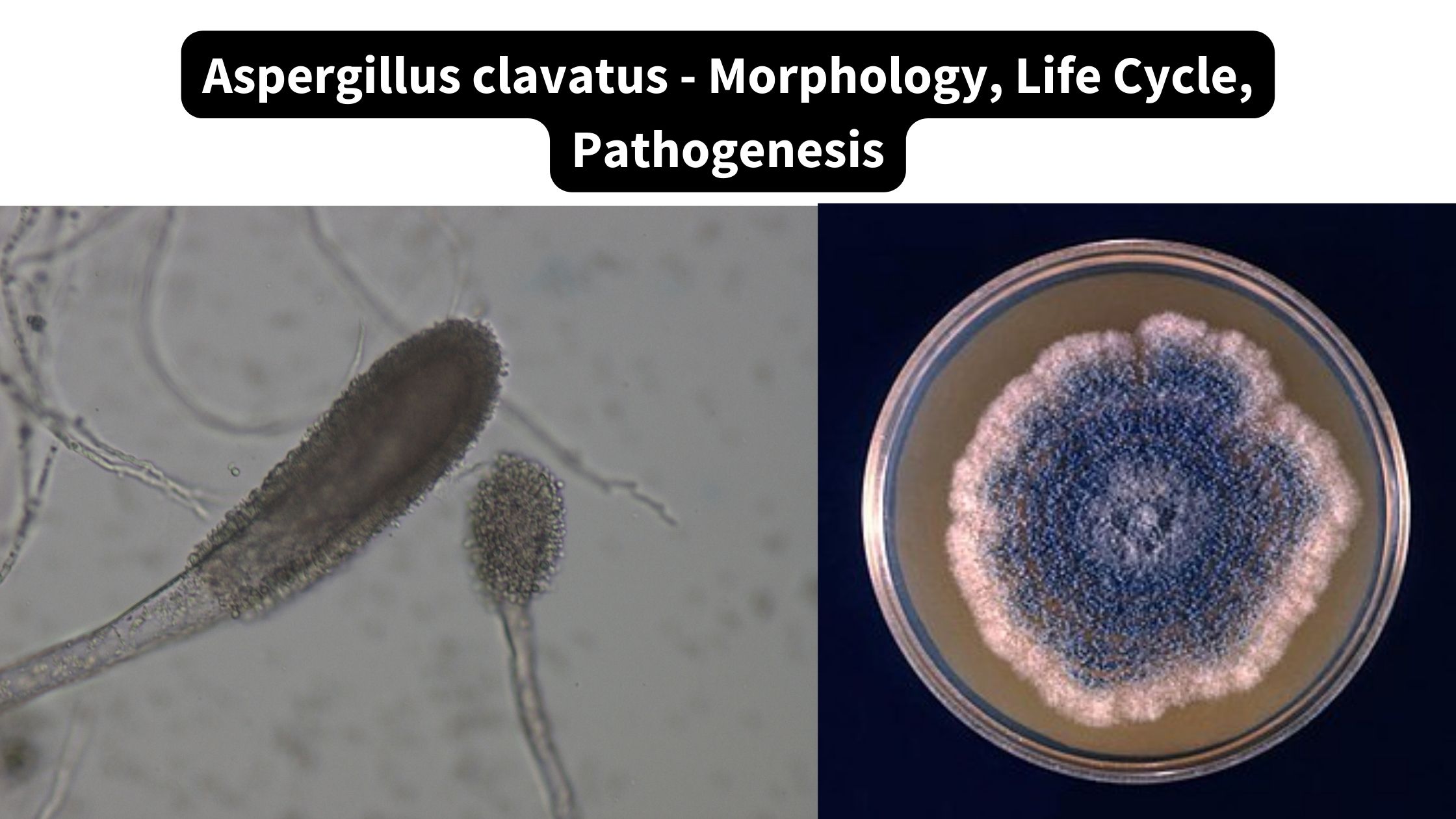Cleavage – Definition, Types, Planes, Patterns, Significance
What is cleavage? Characteristics of cleavage Step by step process of Cleavage Types of cleavages The cleavage pattern in embryos mainly determined by yolk quantity and how that yolk is distributed by the cytoplasm.Also, timing and direction of mitotic spindle (inside egg) play important role. Yolk usually slow / restrict the process of complete division. … Read more









